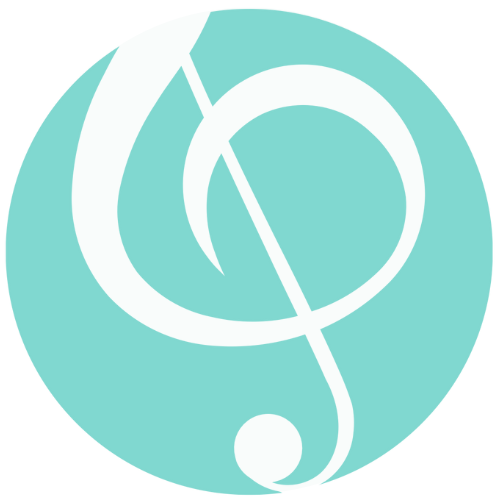My Thoughts on the Suzuki Method for Cello and Piano Students
Estimated Reading Time: 3-4 minutes
When my mum organised my first cello lessons, I began with the Suzuki Method, guided by a dedicated teacher. Some of my fondest early memories are from those lessons, particularly enjoying my first ensemble experiences, which sparked a lifelong love for group music-making.
Here are my thoughts on its pros and cons based on personal experience and observations if you’re considering the Suzuki Method for young learners, especially for cello and piano.
The Pros: Why Suzuki Can Be a Game Changer
1. Learning by Ear
Suzuki’s emphasis on learning music by ear, similar to how we learn spoken language, was invaluable for me. It helped build a strong foundation in pitch and rhythm. For both cello and piano students, this approach fosters an intuitive playing style, making early music learning feel natural.
2. Parental Involvement
The method involves parents deeply, turning music practice into a shared journey. My parents were heavily involved in my early lessons, which created a supportive environment and made the learning process more motivating and enjoyable for me.
3. Repetition and Mastery
Suzuki’s focus on repetition helped me improve and gain confidence. This step-by-step approach allows young learners to clearly see and hear their progress, making the journey from initial challenges to playing comfortably feel truly rewarding.
4. Community and Group Learning
Playing in groups was a highlight of my Suzuki experience. The method encourages group lessons and performances, which are motivating and educational. For both cello and piano students, group play fosters a sense of community and teaches valuable skills like listening and cooperation.
The Cons: Where Suzuki Might Not Be a Perfect Fit
1. Delayed Note Reading
A downside is the delayed introduction to reading music. While learning by ear is beneficial, it can create a gap, particularly for piano students who need to read both treble and bass clefs. From my own experience teaching students, I’ve also found that some struggle with learning to read notes for those who have relied heavily on ear training before tackling music notation.
2. High Level of Parental Commitment
The Suzuki Method requires significant parental involvement, which can be challenging for some families as not all parents can dedicate the time needed for lessons and practice. I’ve also observed that some parents do not provide the correct guidance, which can lead to students developing incorrect techniques or habits. Additionally, as children, especially older ones, progress, they often prefer to practise and figure things out on their own. I believe this self-directed approach should be encouraged, but it can be difficult to balance with the method’s emphasis on parental supervision.
3. Repetition Fatigue
Repetition can lead to fatigue for some students. While useful, playing the same pieces repeatedly might become monotonous. Balancing repetition with new material is key to maintaining engagement.
4. A Different Challenge for Piano
The Suzuki Method’s focus on ear training doesn’t align perfectly with the piano, which has fixed pitches. Piano students might benefit more from an earlier focus on reading music and understanding harmony.
5. One-Size-Fits-All Approach
The Suzuki Method’s structured progression might not suit every learner. Some students may thrive with a more personalised approach, exploring various genres or styles not covered in the standard repertoire.
Final Thoughts
My experience with the Suzuki Method was largely positive and significantly contributed to my love for playing the cello, particularly in group settings. The method’s strengths, such as its natural approach to ear training and emphasis on community, are commendable. However, it does present challenges, such as the high level of parental involvement required and the potential for monotony.
While the Suzuki Method can be a great starting point for young beginners, especially for those beginning on the cello, it’s important not to delay transitioning to more comprehensive note reading and a more balanced approach as the student matures. Ultimately, the key is to find a method that keeps your child excited about music and supports their growth. Whether it’s Suzuki, another method, or a combination, the goal is to ensure that music remains a joyful and lasting part of their life.
